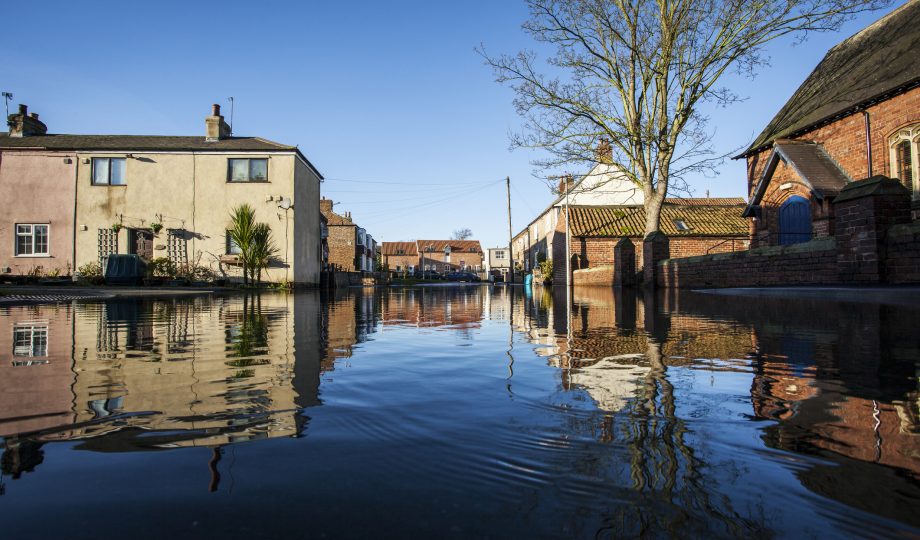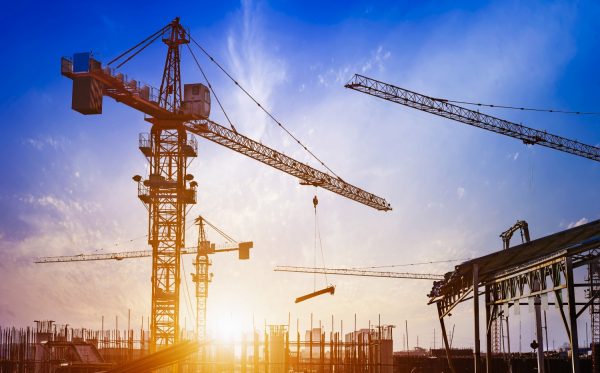How a Circular Economy Can Fight Biodiversity Loss
We have already seen some decent ambition around nature at the start of COP when countries have committed to halt deforestation by 2030. Although not binding, a step in the right direction. Today’s nature day is too proving promising, with a pledge of 45 countries to change their agriculture and food systems through policy and innovation to protect and preserve nature. Again, this is a step in the right direction but these pledges still aren’t going far enough.
We cannot solve the climate crisis without also addressing biodiversity loss and land degradation. Our biodiversity and natural assets work as carbon sinks on a large scale and are the most effective way of capturing and storing carbon we have. But not only is our biodiversity a crucial element in our fight against climate change – it is also under massive threat. Biodiversity is declining rapidly, and the latest figures from the UK suggest 47% our biodiversity has been lost in the last 50 years. Some already speak of a sixth mass extinction.
But what threatens our forests and ecosystems? According to UNEP, 90% of it comes down to the extraction and processing of natural resources – with construction playing a major role. To be part of the solution, we have a tool to tackle this.
When it comes to climate change, the path is clear – we need to decarbonise our economy, and frameworks like net zero help us understand the issue. But that alone won’t solve the destruction of our natural world. Greenhouse gas emissions are just one issue we are facing and if we cut our emissions to zero there are many more crises to come: deforestation and biodiversity loss are among the most pressing ones.
Moving to a Circular Economy can be an answer to these issues. While Circular Economy is able to effectively reduce carbon emissions, it has the power to do so much more – to move us away from the destructive extractive practices of our current linear economy towards a regenerative model that keeps all materials in the loop and eases the pressure on our natural systems.
So what needs to happen? Similar to the developments we have around whole life carbon, we need to have a look at the implications on biodiversity and nature over the entire lifecycle of products, processes and materials. In order to do that, we need clarity and transparency across the entire supply chain which will then allow us to steer our economy through the transition phase to full circularity, and therefore avoid the most harmful materials and processes.
Secondly, we need to keep materials in loop for as long as possible to avoid the need for virgin materials. That means prioritising refurbishment over new built, trying to procure reused materials where possible and designing for deconstructability to allow for the future use of the building’s components. Putting the necessary infrastructure in place to enable that will be a crucial task for the industry.
And finally, regenerate. Areas that have been degraded to our economic practices can be filled with life again once we take the pressure off the natural world. This includes the nature and biodiversity that was once within our cities through Nature Based Solutions.
Here at UKGBC’s Circular Economy programme we are looking at supporting the industry to transition to circularity in several ways. If you want to know more about what we do, have a look at our page or email kai.liebetanz@ukgbc.org
The post How a Circular Economy Can Fight Biodiversity Loss appeared first on UKGBC – UK Green Building Council.






